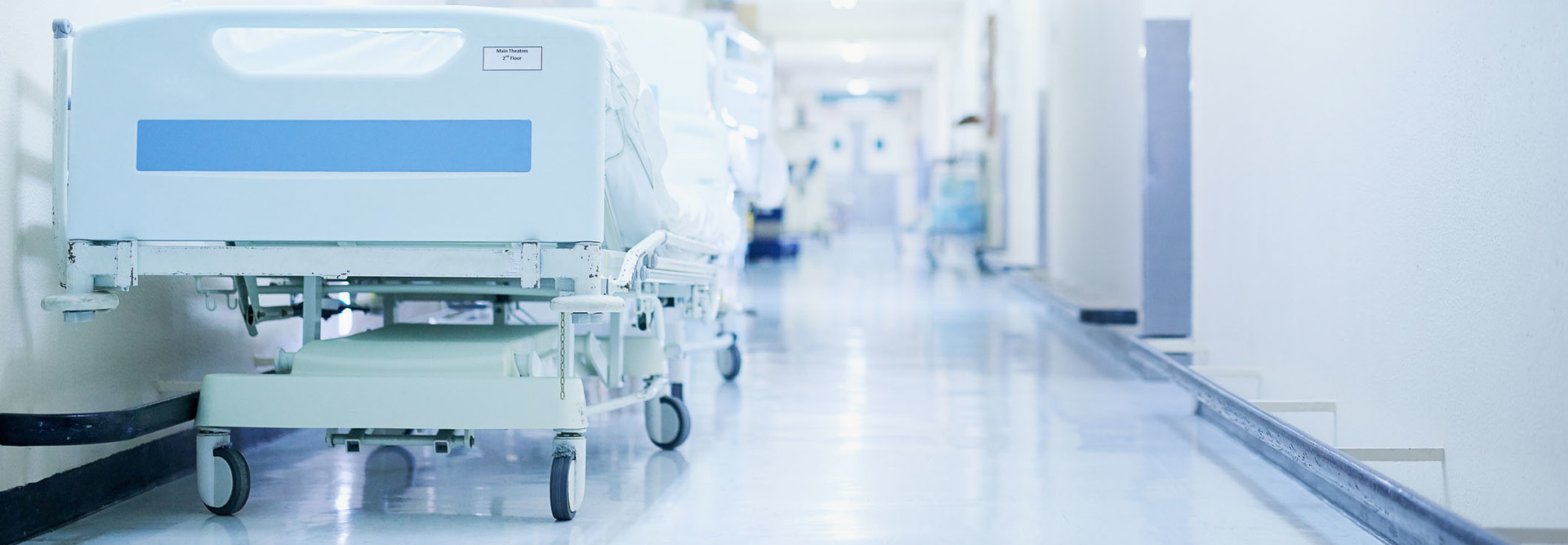Patient Monitoring Helps Saratoga Hospital Stay Ahead of Adverse Events
In the transition to value-based care, all eyes are on how to improve patient outcomes — ideally while streamlining care in a way that also improves workflow and cuts costs for the organization. One provider has been able to achieve this by implementing an effective patient monitoring system.
Saratoga Hospital, located in Saratoga Springs, N.Y., adopted patient monitoring technology in 2015 through a partnership with Philips in an effort to improve patient safety and clinical outcomes.
MORE FROM HEALTHTECH: Remote patient monitoring helps clinicians manage conditions in real time.
Real-Time Alerts Can Stop Adverse Events Before They Happen
With 250,000 patient deaths a year related to preventable adverse events, it is critical for providers to quickly determine which patients are at greatest risk, particularly at general care organizations. At Saratoga Hospital, which employs a care staff of more than 450 providers, clinicians were taking patients’ vital signs every four hours, then manually logging them into the electronic health record system, Healthcare IT News reports. This process made it nearly impossible to know how quickly a patient was deteriorating.
By adopting the Philips IntelliVue Guardian system, the hospital aimed to streamline this manual process by “automating the scoring that aids clinicians in identifying deviations in a patient's vital signs,” according to Healthcare IT News. The system leveraged an early warning score algorithm in conjunction with the Philips system, which automated the scoring, ultimately helping clinicians to better track deviations in vital signs.
The results did not disappoint.
Since adopting the system, the hospital has seen a 63 percent reduction in transfers to its intensive care unit.
"By leveraging Guardian and the early warning score protocol, clinicians were able to identify and detect problematic changes in patients' vital sign information hours before a potential adverse event could occur. This gave Saratoga's clinicians time to intervene before a patient deteriorated and required transfer back to the ICU," Director of Critical Care Diane Bartos tells Healthcare IT News.
Moreover, it has completely eliminated the three or four patient codes it experienced in its orthopedic unit each year.
"The system empowers nurses to make confident care decisions with real-time alerts to identify subtle signs of deterioration in a patient's condition at the point of care before potential adverse events occur — allowing them to eliminate codes, making them one step closer to saving a patient's life," says Bartos. "It also helped to save time during rounds."










